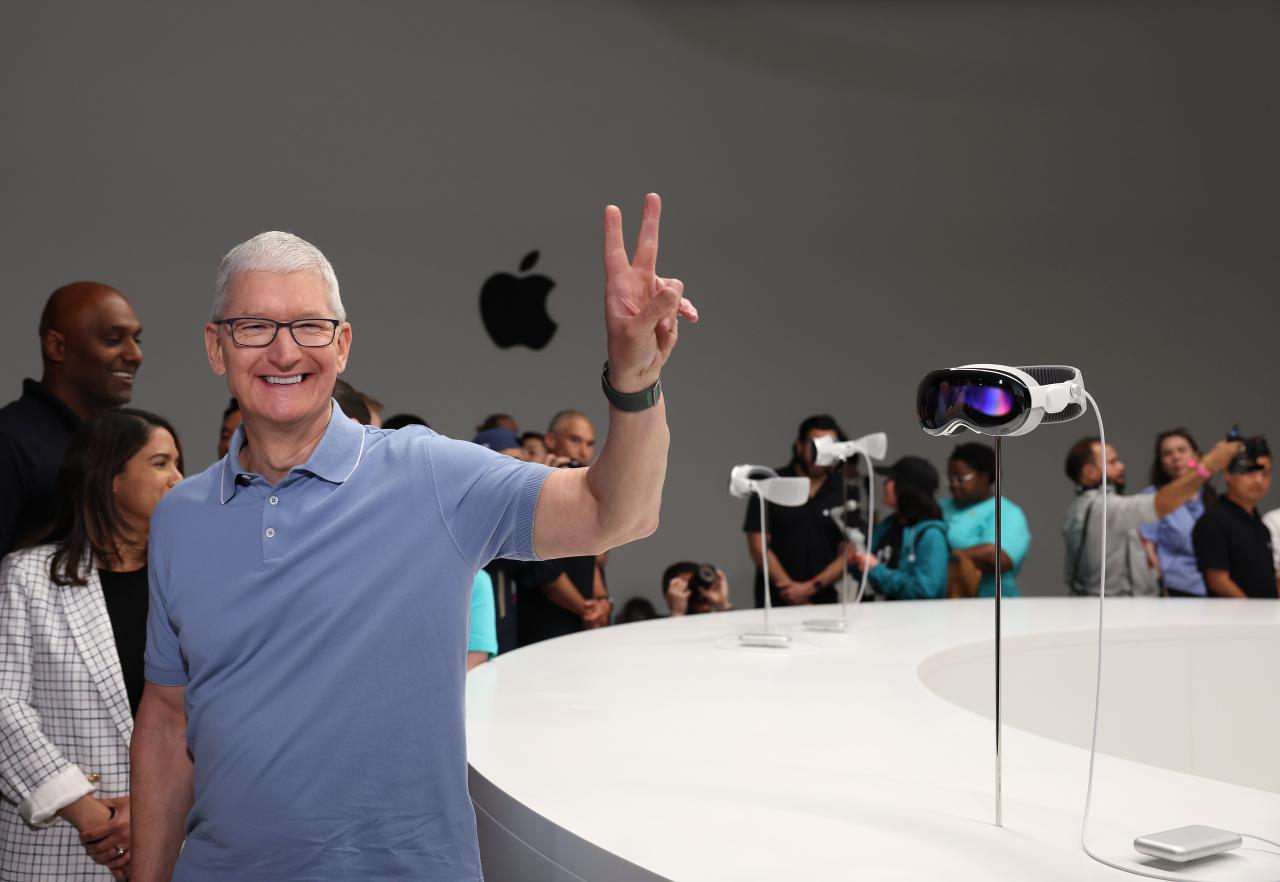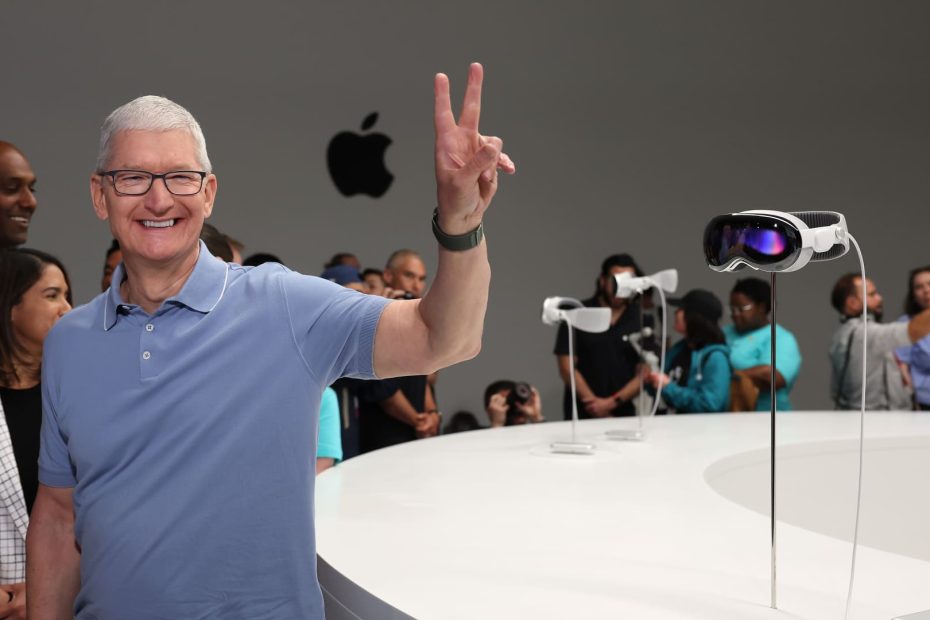Specs, software, could help it break the VR curse
Apple has entered the virtual reality (VR) market with the launch of its Vision Pro headset. It features two high-definition screens and a range of cameras and sensors that mean users don’t need a controller. Apple’s choice of cutting-edge components has enabled it to create a mixed reality device with the power to transport users to virtual worlds, whilst enabling real-time feeds of the outside world. The Vision Pro, which is costly at a minimum of $3,499, is one of the most powerful products of its kind on the market, and has been widely heralded by industry experts as a significant milestone in the development of VR technology.
FAQs
What is the Apple Vision Pro headset?
The Apple Vision Pro headset is a mixed reality device that enables users to experience both high-quality virtual reality (VR) and augmented reality (AR), which integrates virtual objects into the real world. It differs from other headsets in that it does not require a controller and instead relies on gesture and voice-based user interfaces.
How much does the Apple Vision Pro headset cost?
The minimum price of the Apple Vision Pro headset is $3,499, with additional costs likely for custom lenses or other upgrades such as storage.
What makes the Apple Vision Pro headset different?
The Vision Pro is significantly more powerful than rival products on the market. It features two high-definition screens, a battery of cameras and sensors, and custom processors that reduce latency and lag. In addition, the cameras on the outside of the headset can display the real world in near-real time inside the headset, which makes the technology less isolating and more accessible to everyday consumers.
What is the interface for the Apple Vision Pro?
Unlike other headsets, the Apple Vision Pro replaces controllers with simple gestures. The user’s eyes become the cursor and a simple tap of the thumb and index finger selects a button. In addition, eye tracking is used to see where the users gaze is resting, which enables a highly intuitive, controller-less interface.
What is the future of VR technology?
Apple’s entry into the VR market has been hailed as a significant milestone in the development of VR technology, and experts predict that it could prompt a resurgence in interest in head-worn computers that immerse users in a virtual world. Whilst the uptake by everyday consumers may still be some years away, there is a growing sense that the potential of VR technology is only just beginning to be realised.

Possible rewrite: Upgrades in Specs and Software Could Help Overcome the VR Curse
Apple’s latest foray into the world of virtual reality with its Vision Pro headset could be the one to change the landscape for wearable computers with its gesture and voice-based user interface, according to XR industry experts. Although virtual reality headsets have come and gone with little success, industry insiders are confident Apple’s reputation for innovation could make the difference. With its high-definition screens, battery of cameras and sensors, the Vision Pro’s powerful specifications make it capable of “spatial computing”. The headset is significantly more expensive and more powerful than rival products, with options for custom lenses and upgrades.
